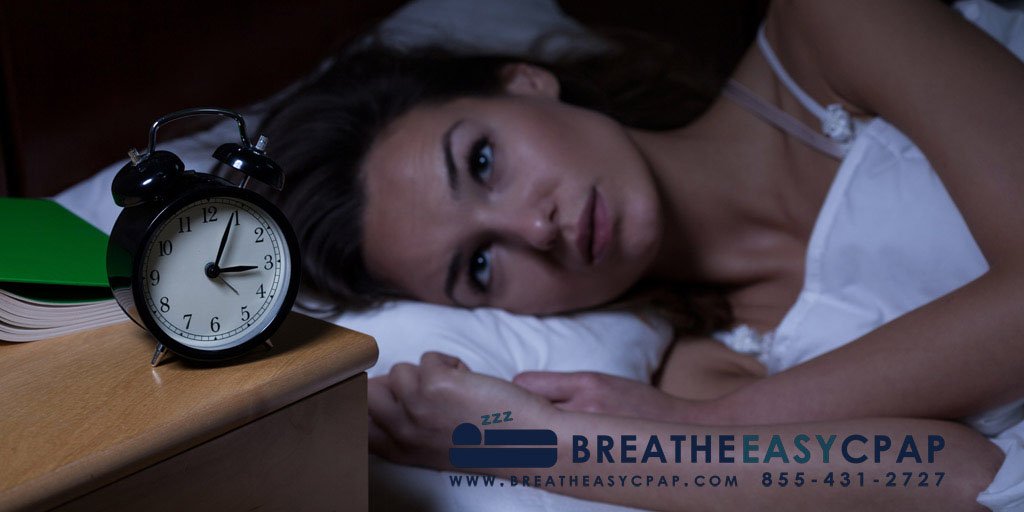As a sufferer of obstructive sleep apnea, you know the feeling of waking up from eight hours of sleep feeling more exhausted than when you first turned in for the night. It’s an awful and draining experience, not to mention frustrating. Your spouse simply cannot understand your extreme fatigue. After all, how can you be exhausted when you kept them awake snoring all night long? The answer? microarousals.
What are Microarousals?
Sleep apnea is characterized by the intermittent cessation of breathing while you sleep. You’re nearly constant snoring is caused by the partial blocking or narrowing of your airways. When this narrowing becomes too great for your breathing to fight against, your breathing stops completely. Although the effects aren’t good for you in the long run, your body has adapted to these moments without breath by developing an amazing method for getting breathing jump started.
During a period without normal breath your brain becomes more active, a phenomenon which can be measured on an electroencephalogram, or an EEG. This increase in brain activity is a mild, but awakened state known as a microarousal. These moments are effective in telling your brain to send signals to your lungs and natural breathing is restored. A few of these are normal for even those without sleep apnea and you generally won’t feel their effect in the morning. However with cases of sleep apnea, these microarousals are occurring up to hundreds of times every night, something your body can’t just bounce back from.
How Microarousals Affect Your Body
Although lifesaving in the short term, microarousals wreak havoc on your body overtime. A study published with the Psychosomatic Medicine Journal found that these disturbances in sleep resulted in higher levels of lipids, the molecules that make up fat cells. More of these cells and your risk for obesity, diabetes, and even worsening sleep apnea increases. Perhaps more serious than weight gain, microarousals lead to higher levels of the stress hormone cortisol and high blood pressure.
Together, these adverse effects on the body are probably why having sleep apnea greatly contributes to the development of cardiovascular illness. A hardening of the arteries known as atherosclerosis may be the first sign of deterioration from microarousals and this vascular damage leads to deadly health conditions such as kidney disease or even stroke.
How to Manage Microarousals with CPAP
Fortunately, the solution to preventing frequent microarousals is by undergoing the painless sleep apnea treatment known as continuous positive airway pressure therapy, or CPAP. CPAP machines deliver forced air to your lungs while you sleep, keeping your throat open and restoring natural breath. Without those episodes of breathlessness caused by airway obstruction, microarousals won’t occur, leaving you feeling much more rested and wakeful after CPAP therapy. Using your prescribed CPAP machine will also help reduce your risk of developing cardiovascular damage and will, of course, stop your snoring from keeping your family up at night.
After your doctor writes you a prescription for a CPAP machine, visit Breatheeasycpap.com to get started. The health care professionals at this online CPAP supply retailer are well versed in sleep apnea therapy and can help you navigate your insurance plan. They’ll get your breathing and your sleep apnea treatment therapy started off on the right foot in no time flat.

